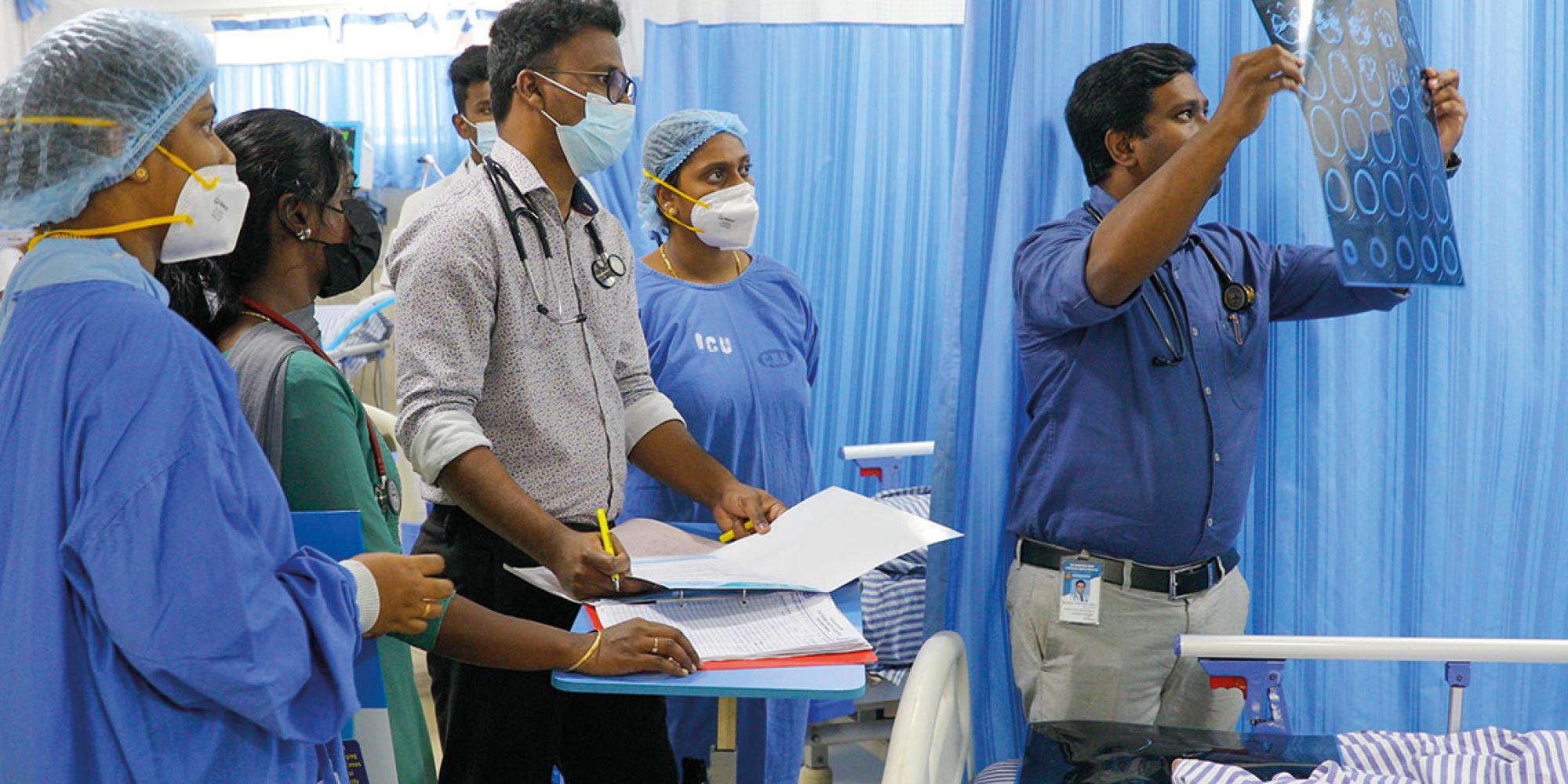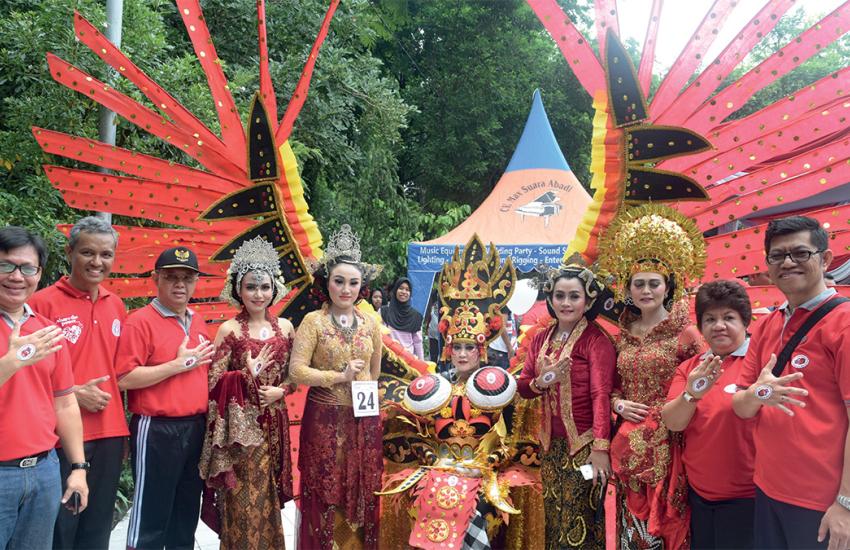One of The Salvation Army's first institutional health programmes was in Nagercoil, India, where the first ‘missionary doctor’ and Salvation Army officer, Harry Andrews, established a small dispensary in his house in 1893. Andrews funded these services by providing high quality healthcare to a stream of paying patients, and this income subsidised treatment for all those unable to pay.
Many Salvation Army hospitals and clinics around the world are still supported in a similar way and the legacy of this simple dispensary remains today.
On the same site in Nagercoil, The Salvation Army has an impressive and innovative general hospital which can cater for 115 inpatients and has a very busy outpatients department which sees on average around 140 patients daily. Attached to the hospital is a vibrant School of Nursing with 75 students and a College of Nursing with 200 students. The local Salvation Army corps (churches) also play an important role in these integrated health and education programmes.

